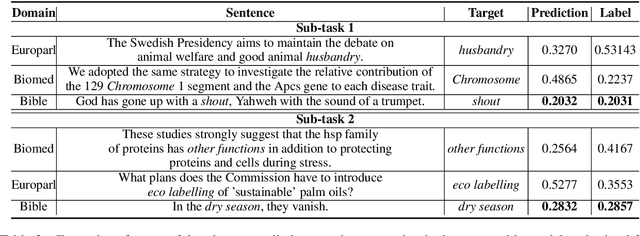Yuki Taya
Food Development through Co-creation with AI: bread with a "taste of love"
Apr 19, 2024

Abstract:This study explores a new method in food development by utilizing AI including generative AI, aiming to craft products that delight the senses and resonate with consumers' emotions. The food ingredient recommendation approach used in this study can be considered as a form of multimodal generation in a broad sense, as it takes text as input and outputs food ingredient candidates. This Study focused on producing "Romance Bread," a collection of breads infused with flavors that reflect the nuances of a romantic Japanese television program. We analyzed conversations from TV programs and lyrics from songs featuring fruits and sweets to recommend ingredients that express romantic feelings. Based on these recommendations, the bread developers then considered the flavoring of the bread and developed new bread varieties. The research included a tasting evaluation involving 31 participants and interviews with the product developers. Findings indicate a notable correlation between tastes generated by AI and human preferences. This study validates the concept of using AI in food innovation and highlights the broad potential for developing unique consumer experiences that focus on emotional engagement through AI and human collaboration.
OCHADAI-KYODAI at SemEval-2021 Task 1: Enhancing Model Generalization and Robustness for Lexical Complexity Prediction
May 13, 2021



Abstract:We propose an ensemble model for predicting the lexical complexity of words and multiword expressions (MWEs). The model receives as input a sentence with a target word or MWEand outputs its complexity score. Given that a key challenge with this task is the limited size of annotated data, our model relies on pretrained contextual representations from different state-of-the-art transformer-based language models (i.e., BERT and RoBERTa), and on a variety of training methods for further enhancing model generalization and robustness:multi-step fine-tuning and multi-task learning, and adversarial training. Additionally, we propose to enrich contextual representations by adding hand-crafted features during training. Our model achieved competitive results and ranked among the top-10 systems in both sub-tasks.
 Add to Chrome
Add to Chrome Add to Firefox
Add to Firefox Add to Edge
Add to Edge